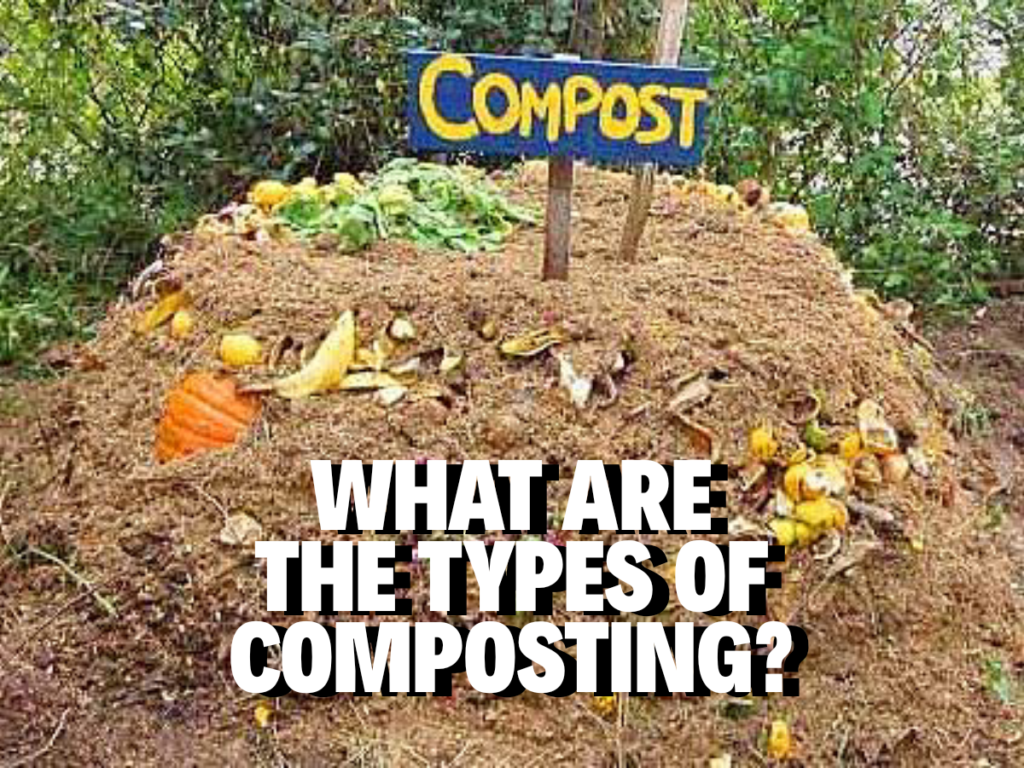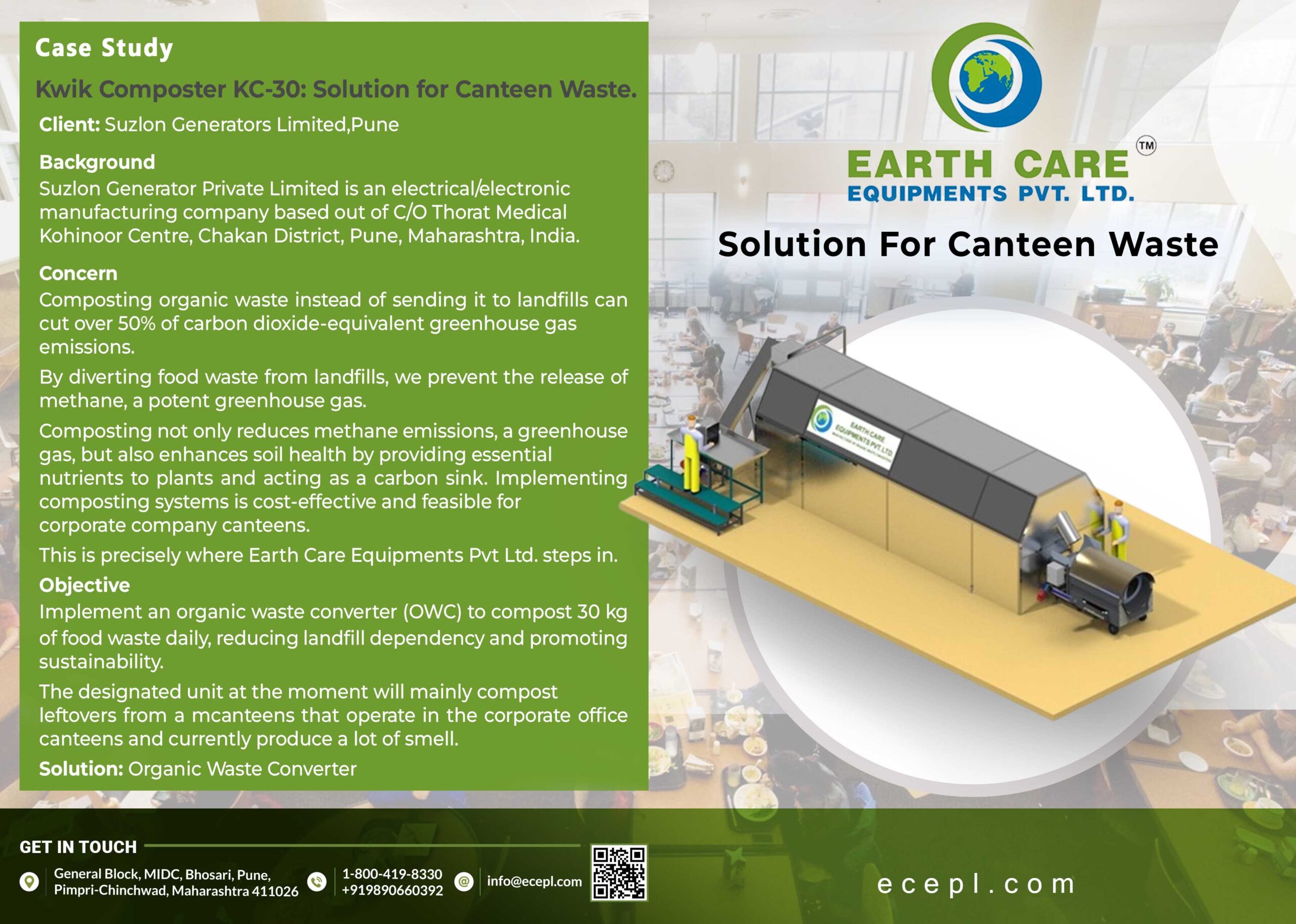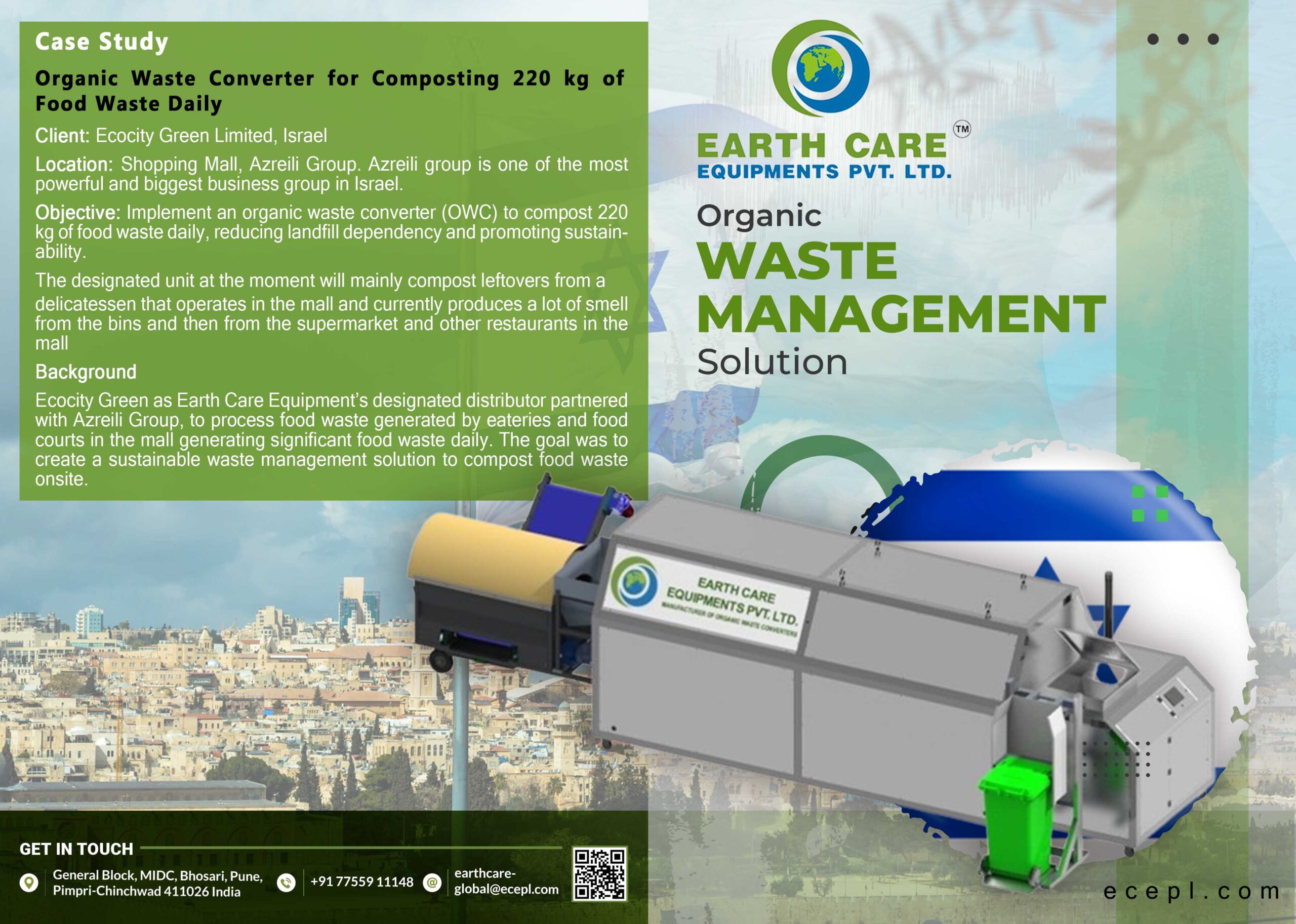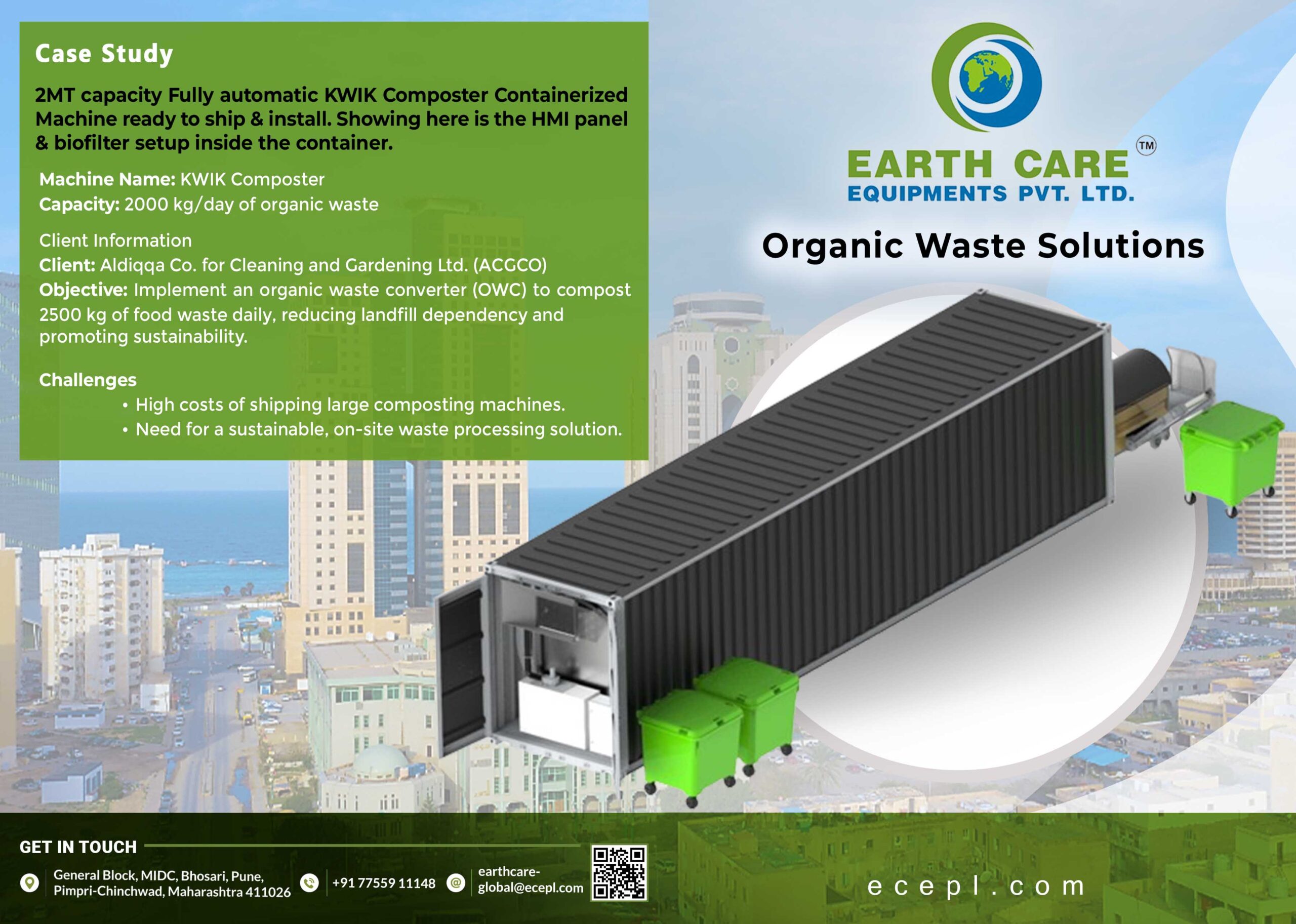
What is compost, and what are the benefits of composting?
Well, compost is to put just decayed organic matter, and it’s quite a wide-ranging label. Even twigs are organic matter, and so is a banana peel. When you collect some of these items and put these in a compost pile together, they break down automatically into a nutrient-rich fertilizer that later helps gardens grow.
Composting has a lot of benefits, considering it is an essential tool for farmers and gardeners. Compost speeds up water retention in soil, which means the saplings or budding plants in that soil need a lower amount of irrigation. It also helps to ease larger crop yields, giving food producers a more excellent harvest. It all adds up to even more growth without using excessive water and on top of that more affordable way to harvest food, flowers, and other plants.
What are the types of composting?
There are quite a few types of composting, but generally, there are four types of composting that one should know about.
On-site composting:
By using this method of organic waste composting, you can recycle your food waste and garden waste into products for your farming and gardening needs. It is widely used at homes because on-site composting does not require sizeable sized pile or hard techniques and requires minimal attention. On top of that, this type can also be used even when you don’t have a huge backyard or space; you just an old bin or a container, and all your waste are ready for recycling.
Types of materials:
Materials that can be used for this type is composting varies from kitchen scraps such as cooked or uncooked fruits or vegetables, eggshells of eggs from your morning pancakes, coffee ground from your morning coffee, etc. You can also use cardboard and papers too, dead leaves, and branches from your lawn, and it can all be recycled into fertilizers and other farming products. However, the combination of brown materials and green materials should be done in moderation to ensure complete decomposition.
Things to keep in mind:
Since this method is for the small size of the pile, so the process takes place in the compost bin itself. The food waste composting process doesn’t get affected by climatic or seasonal factors, but that doesn’t mean you don’t need to take any measures about it. You should place the bin in some corners, which should dry and shady. Also, glass and metal waste should be taken out of the bin.
Process Time:
It generally takes about a year or two to complete the process, but if you turn the pile time to time during the procedure, the process can speed up by three to six months.
Vermicomposting:
Unlike other methods, different worms are used in this method of decomposing organic matter. Worms such as earthworms, red wigglers, etc., are added into the pile, and then these worms will eat and breakdown these materials into fertilizers.
Types Of Mterials:
The materials which are used in this method of composting are not very different from other types of composting. Water and oxygen are essential materials.
Things To Keep In Mind:
As high heat leads to harm, the worms, so keep in mind that high-carbon materials are encouraged. You should thoroughly moisten the layer of brown materials or green materials by adding an appropriate amount of water before adding worms in it, but make sure the worms are not nightcrawlers. Keeping the temperature under 30 degrees Celsius is ideal because high temperatures might kill the worms inside the pile, so it needs to be checked regularly.
Process time – It just takes one to three months of composting of all the organic materials to turn into organic fertilizer, which means this process takes less time and effort.
Windrow Composting:
This composting is a large-scale composting method in farming because this method requires a large size of the site where you can mix the organic materials into long and thin piles known as wind-rows. It is sometimes built-in shelters and aerated by use of other cooling machines, but mostly, it is set out outside in the open.
Types Of Materials:
Farming wastes such as animal residues or manures and crop remaining are excellent sources of composting. Therefore, the materials are in abundance for making a windrow compost pile.
Things to keep in mind:
As much as it is straightforward to build a windrow compost pile but you also need to do it properly. You should keep in mind that certain things affect the process and surroundings alike; for example – too thin pile might take longer than usual to finish, but the too thick pile will release odors. So, to ensure the best quality compost and to complete the process faster, the pile should be set up within 12-feet-wide and 3-feet-high. Also, the manure should be shredded thinner than layers of remaining materials, and the pile should be turned over time to time, and during the rainy season, it should be done every month. Plus, when the piles reach the temperature of 55 degrees Celsius in the core, that means the pile has reached their high peak.
Process time – It takes an average of two years to finish composting in a windrow compost, and that too depends on the thickness of the pile.
In-vessel composting:
It is a combination of different types of composting, it is less downside than others, but it can produce a large size of compost. It isn’t as simple process as the other types. It is done professionally by using organic waste converter machines and other electrical equipment, which eases the adjustment of temperature, aeration, and turning skills.
Types of materials:
All kinds of waste, including brown materials like grass, twigs, manure, etc. as well as green materials like lawn clipping, fruit rind, etc. found in the garbage bins or farming fields are a good source of in-vessel composting. Other waste that comes from industrial waste can also be collected and can be turned into compost.
Things To Keep In Mind:
This process of composting is slightly expensive as it uses machines and some electrical equipment. All the steps in this process need to be taken care of, managed as well as appropriately studied. During this process, temperature adjustment, aeration, and the process of turning the mixture need proper attention from the experts. Also, the process of in-vessel composting requires a considerable amount of organic material for recycling, which means the waste from households is not enough.
Process Time:
The process of in-vessel composting generally requires a few weeks and does not take a long time to get finished.
Conclusion:
These are some of the best types of composting used in making the waste material useful and recyclable. Composting is a process that breaks down the organic materials into simpler substances. All the types of composting have its own benefits and cons. Most of the compostable materials are produced by houses, farms, schools, offices, hotels, restaurants, and many more. It is useful to make inexpensive fertilizers that can be used in your farms, lawns, gardens, and many more places. Therefore, composting is a process that can be considered valuable for all the individuals who work in several sectors.




